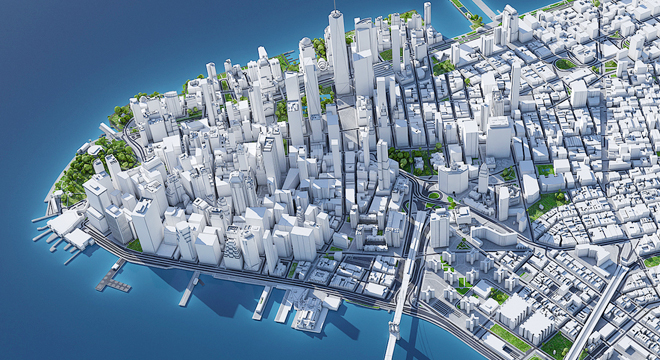解決方案
地理信息領(lǐng)域集軟件研發(fā)
解決方案
信息服務(wù)管理
公司長(zhǎng)期致力于地理信息技術(shù)研發(fā)和產(chǎn)品開(kāi)發(fā)���,業(yè)務(wù)范圍涉及數(shù)據(jù)獲取與加工��、國(guó)土調(diào)查��、不動(dòng)產(chǎn)統(tǒng)一登記����、新型基礎(chǔ)測(cè)繪���、農(nóng)業(yè)農(nóng)村信息化、地理信息三維平臺(tái)研發(fā)��、政府與企業(yè)行業(yè)信息化解決方案����、基于地理信息的大眾應(yīng)用與服務(wù)等����。公司經(jīng)過(guò)多年積累與沉淀���,擁有多項(xiàng)獨(dú)立核心技術(shù)���,并基于云計(jì)算、大數(shù)據(jù)��、“互聯(lián)網(wǎng)+”等前沿科技����,開(kāi)發(fā)了具有自主知識(shí)產(chǎn)權(quán)的國(guó)土空間基礎(chǔ)信息平臺(tái)、電子政務(wù)平臺(tái)�、三維GIS平臺(tái)、業(yè)務(wù)協(xié)同平臺(tái)和空間數(shù)據(jù)交換平臺(tái)等����,形成了以空間信息為基礎(chǔ),業(yè)務(wù)工作流為導(dǎo)向�,集門(mén)戶(hù)、工作流����、統(tǒng)籌GIS服務(wù)���、數(shù)據(jù)交換、移動(dòng)計(jì)算于一體��,涵蓋數(shù)據(jù)采集�����、數(shù)據(jù)治理���、數(shù)據(jù)管理�、專(zhuān)業(yè)應(yīng)用等幾十種全面成熟的空間信息化解決方案��,并廣泛應(yīng)用于自然資源�、國(guó)土空間規(guī)劃、不動(dòng)產(chǎn)管理����、國(guó)土調(diào)查、城市規(guī)劃���、勘查測(cè)繪、智慧城市�、大眾服務(wù)等領(lǐng)域�����。

 電話(huà)
010-59896075/6078
電話(huà)
010-59896075/6078
 地址
北京市朝陽(yáng)區(qū)酒仙橋北路甲10號(hào)院107樓六層
地址
北京市朝陽(yáng)區(qū)酒仙橋北路甲10號(hào)院107樓六層